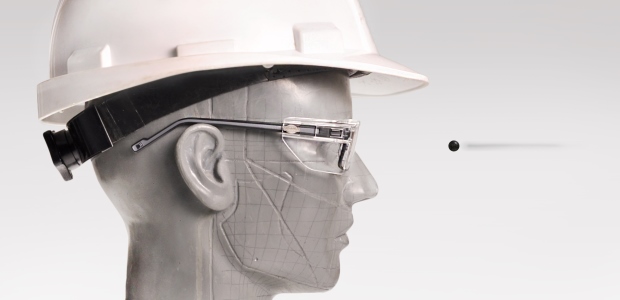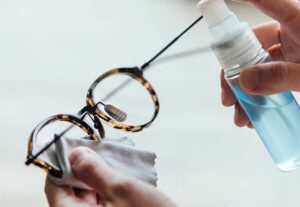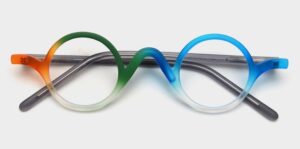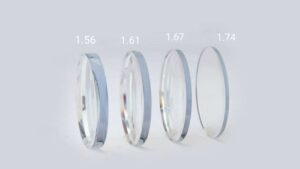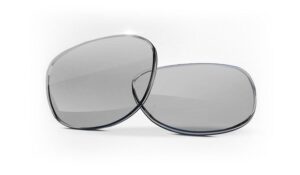What does it contain and mean
ANSI Z87.1 is a widely recognized standard for eye and face protection established by the American National Standards Institute (ANSI). The ANSI Z87.1 standard sets requirements for safety glasses, goggles, face shields, and other eyewear to protect against various workplace hazards, including impact, chemical splashes, and optical radiation.
Key aspects of the ANSI Z87.1 standard include:
- *Impact Resistance: Eyewear tested and certified to ANSI Z87.1 must meet specific requirements for impact resistance, ensuring they can withstand high-velocity impacts from flying objects or debris without shattering or causing injury to the wearer’s eyes.
- *Lens Quality: The standard also addresses optical quality, requiring lenses to provide clear vision with minimal distortion and haze. This ensures that safety eyewear does not impair the wearer’s ability to see clearly while working.
- *Frame Durability: ANSI Z87.1-certified eyewear must have durable frames capable of withstanding daily wear and tear in industrial environments. Frames should maintain their structural integrity and provide a secure fit to prevent eyewear from dislodging during use.
- *Protection Against Other Hazards: In addition to impact resistance, ANSI Z87.1 may include requirements for protection against other hazards, such as chemical splashes, optical radiation (e.g., UV, infrared), and dust or debris ingress.
- *Testing and Certification: Products that pass the required tests are certified as ANSI Z87.1 compliant and may display the certification mark on the eyewear or packaging.
Once a product successfully meets all the testing requirements and demonstrates compliance with the ANSI Z87.1 standard, it receives certification.
The eyewear may then display the ANSI Z87.1 certification mark on the product or packaging, indicating to users, employers, and regulators that it meets the highest standards of safety and performance for workplace eye protection.
While, acquiring ANSI Z87.1 certification for sunglasses can be challenging for suppliers, particularly if they are not already manufacturing eyewear specifically designed for industrial or occupational safety purposes. Here are some factors that contribute to the difficulty of obtaining ANSI Z87.1 certification for sunglasses:
- *Testing Requirements: Sunglasses must undergo rigorous testing to ensure they meet the impact resistance and optical quality standards outlined in ANSI Z87.1.
This typically involves conducting specialized laboratory tests, such as high-velocity impact tests and optical distortion assessments, which may require specialized equipment and expertise.
- *Product Design: Suppliers may need to modify their product designs or develop new models specifically engineered to meet the standard’s criteria.
- *Materials and Construction: Sunglasses must be constructed using materials and manufacturing processes that can withstand the testing requirements of ANSI Z87.1. This may involve using impact-resistant lens materials, durable frame materials, and robust construction techniques to ensure the eyewear can withstand the rigors of industrial use.
- *Cost and Resources: Acquiring ANSI Z87.1 certification requires a significant investment of time, resources, and funding.
Suppliers must allocate resources for product development, testing, certification fees, and ongoing quality control to ensure compliance with the standard. The costs associated with certification can vary depending on the complexity of the product and the testing requirements involved.
- *Regulatory Compliance: In addition to ANSI Z87.1 certification, suppliers may need to comply with other regulatory requirements and standards in different regions or markets where their products are sold. Navigating the regulatory landscape and ensuring compliance with multiple standards can add complexity to the certification process.
Overall, while obtaining ANSI Z87.1 certification for sunglasses may be challenging, it is not impossible with the right expertise, resources, and commitment to product safety and quality.
Supplier’s willing to invest in the certification process can demonstrate their dedication to providing eyewear that meets the highest standards of safety and performance for their customers.

